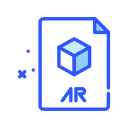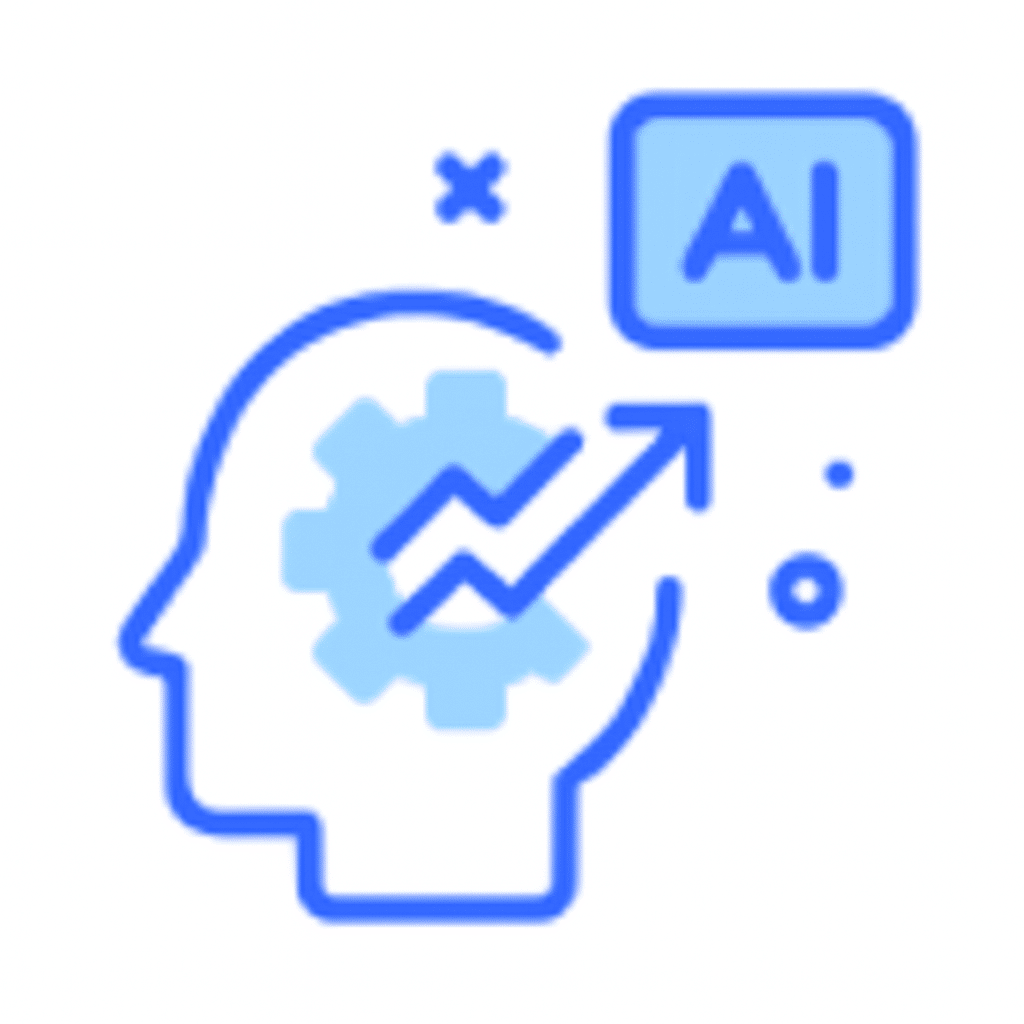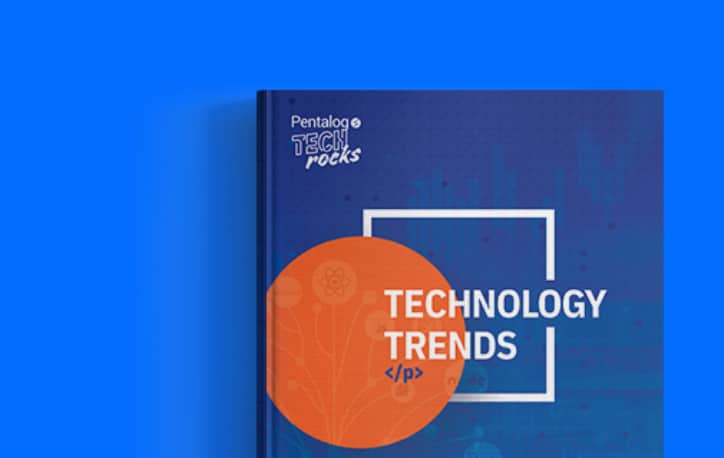When enterprise data systems become too large, too fast, or too fragmented, two things tend to happen:
You stop trusting your data, and you stop understanding how it was transformed.
That’s often when teams start looking for platforms that can bring structure and transparency back to their data.
If you’re in that stage, or evaluating a MIOsoft alternative for more clarity and control, Data Ladder is worth a closer look.
This post compares Data Ladder and MIOsoft specifically on the capabilities that matter for data matching and entity resolution because that’s the common evaluation axis for buyers searching for a MIOsoft replacement. Let’s get to it.
MIOsoft – Automated Data Quality Intelligence
MIOsoft’s flagship product, MIOvantage, is an augmented data quality and entity resolution platform that relies heavily on automation and machine learning.
It focuses on automated entity discovery and unsupervised comparators that identify relationships even when links aren’t explicit in source data. The platform offers extensive connector coverage, real-time resolution as data arrives, and built-in intelligence to unify complex data ecosystems.
While this automation is powerful, it can also be limiting for teams that need rule-level control, transparency, and repeatable logic, especially in regulated environments. The platform’s ML-driven processes can make it harder for data stewards to trace how matches or quality scores are derived.
Data Ladder – Transparent, Configurable Data Matching
Data Ladder, through DataMatch Enterprise (DME), offers a purpose-built data matching platform focused on visual configuration, transparency, and control. It brings together profiling, parsing, cleansing, standardization, and deduplication in one workflow without requiring heavy AI infrastructure or long implementation cycles.
Its strength lies in flexible matching logic and an intuitive interface designed for fast, repeatable record linkage.
DME is designed to be hands-on and auditable. It allows business users and data stewards to profile data, tune match rules, preview merge results, and produce golden records that are safe to reuse across analytics, reporting, and compliance.
DME supports both batch and real-time matching and is typically deployed where explainability and reuse of the cleansed datasets are priorities.
These qualities make DME a strong MIOsoft alternative for organizations that also value precision and transparency, not just automation.
| Capability Area | Data Ladder | MIOsoft |
| Core Focus | Data profiling, cleansing, standardization, matching, merge-purge, survivorship | End-to-end data quality management, monitoring, analysis |
| Strengths | Transparent, rule-based matching with user control, lineage tracking, explainability | Automated entity discovery, metadata inference, real-time unification, issue tracking |
| Deployment | On-premise, cloud, hybrid; supports REST API integration | Primarily cloud-native with managed deployment options |
| Ease of Use | Visual configuration and quick setup; no coding required | Higher setup and configuration requirements for complex, large-scale or real-time environments |
| Target Users | Everyone, from data analysts and engineers to stewards and business data teams | Enterprise data ops, IT governance, architecture teams |
Both Data Ladder and MIOsoft aim to improve trust in enterprise data, but their focus differs. MIOsoft is engineered to offer automated data quality monitoring at scale, while Data Ladder centers on accurate matching, cleansing, and deduplication with full visibility into transformation and decision logic.
Data Ladder vs. MIOsoft: A Head-to-Head Comparison
Let’s take a closer look at both tools to help you better understand how they compare:
Philosophy: Monitoring vs. Remediation
MIOsoft treats data quality as an infrastructure-level concern. Its strength lies in its ability to profile and monitor data ecosystems at scale, particularly in highly federated or cloud-native environments. If you’re managing extensive data lakes and looking for automated detection of anomalies, schema drift, or rule violations, MIOsoft fits well.
By contrast, Data Ladder takes a “make the data usable” approach. It’s designed to help users:
- Clean inconsistent, incomplete, or dirty records
- Match and merge similar or duplicate entities
- Standardize and normalize attributes for interoperability
This makes Data Ladder especially useful for operational teams working in CRMs, MDM systems, or analytics pipelines, where data must be not only monitored, but actively corrected and deduplicated.
Matching Capabilities: Control vs. Automation
If your data team needs precision, transparency, and match auditability, Data Ladder offers just the right toolkit.
It supports:
- Rule-based deterministic and probabilistic matching
- Configurable tokenization, weighting, and thresholds
- Explainable match decisions, which are also traceable in logs
MIOsoft does support matching as part of its profiling engine, but its approach is more automated and inferred, and less exposed to the user. This suits teams that want high-level anomaly detection, but not necessarily for those who need to configure and trust exact match outcomes (e.g. for customer 360 or regulatory deduplication).
| Matching Feature | Data Ladder | MIOsoft |
| Matching Approach | Deterministic and probabilistic with user-defined rules | Machine-driven, metadata-informed matching |
| Control and Visibility | Full transparency; all rules and weights are user-defined | Abstracted logic; matching aligned with inferred structures |
| Auditable Outcomes | Yes; detailed match logs and rule history | Limited traceability; match rules are not always exposed |
| Ideal Use Cases | Record matching, deduplication, householding, MDM prep | Data lake monitoring, infrastructure-wide anomaly detection |
If your organization requires explainable and auditable entity resolution, Data Ladder offers a stronger fit. It allows users to define custom matching thresholds, tokenization logic, regex patterns, and confidence scoring, and ensures the matching logic is both transparent and reproducible.
MIOsoft, on the other hand, takes a more black-box approach. It’s useful for high-level, large-scale anomaly detection but less customizable when precision matching is required.
Data Profiling and Quality Intelligence
This is where MIOsoft shines. It automatically builds metadata models and infers rules from your data. It excels at:
- Tracking changes across data sources
- Scanning for rule violations at scale
- Surfacing drift or anomalies in multi-source environments
Data Ladder doesn’t miss out on profiling either. Though it’s more focused on preparation and transformation workflows, Data Ladder still includes:
- Column-level profiling (completeness, uniqueness, invalid formats)
- Pattern recognition and cleansing suggestions
- Prebuilt and custom quality rules
- Integration into match-ready pipelines
The goal isn’t just to analyze quality but to fix issues and make the data match-ready.
If you’re looking for a tool to sit upstream in your data governance stack for continuous data observability, MIOsoft may fit better.
If you’re looking to prepare data for use, not just monitor it, Data Ladder bridges profiling with cleansing and matching, making it a better fit for operational use cases like customer 360, golden record creation, and analytics enablement, and a strong alternative to MIOsoft.
Integration and Deployment
Both platforms support enterprise integration, but in different ways.
MIOsoft focuses on continuous monitoring across large, distributed infrastructures, making it better suited for IT-led environments where data quality oversight spans many systems.
Data Ladder supports deep, workflow-level integrations with business applications and databases. Its REST APIs and direct connectors allow teams to embed profiling, cleansing, and matching directly into operational pipelines so data is actively remediated and consolidated.
| Deployment Area | Data Ladder | MIOsoft |
| Deployment Options | On-premise, cloud, desktop, or hybrid | Cloud-native (primarily managed service) |
| API Availability | REST API, CLI, and SDK support for custom integrations | Web-based APIs; integrates via services and orchestration frameworks |
| Integration Scope | 150+ data sources, including SQL, Snowflake, Oracle, Salesforce, and Excel | Connects to major cloud data ecosystems and legacy platforms |
This flexibility makes Data Ladder easy to fit into both modern stacks and legacy-heavy environments, and a great alternative for MIOsoft, especially where IT and data teams are consolidating systems or migrating off spreadsheets. It’s particularly valuable for organizations that need bi-directional syncing of clean, matched data across CRM, ERP, and MDM environments without relying on fully managed or cloud-only setup.
Use Case Fit: Where Each Platform Excels
Here’s how MIOsoft and Data Ladder align across common real-world data quality scenarios:
| Use Case | Better Fit |
| Data lake quality monitoring and anomaly detection | MIOsoft |
| Customer and entity deduplication | Data Ladder |
| Building match-ready pipelines for MDM or CRM | Data Ladder |
| Observing rule drift across complex systems | MIOsoft |
| Match explainability and audit trail requirements | Data Ladder |
| Broad metadata intelligence and schema drift analysis | MIOsoft |
| Observing rule drift across complex systems | Data Ladder |
If your challenges sound something like,
“We have hundreds (or thousands or even hundreds of thousands) of duplicate vendors in our SAP system”
or
“We need to create a clean marketing list from Salesforce,”
MIOsoft may feel over-architected. Data Ladder, by contrast, helps you get tactical and reach clean, matched, usable data faster.
MIOsoft is better suited for environments where continuous observability, metadata management, and infrastructure-scale monitoring are the main goals.
Should You Consider Data Ladder as a MIOsoft Alternative?
Data Ladder makes one of the best alternatives to MIOsoft if:
- You need full control over how data is matched and merged
- Your data quality issues are not just structural, and require active cleansing, deduplication, and standardization
- You work in regulated environments that require explainable match decisions and auditable logic
- You want a single platform to profile, clean, deduplicate, standardize, match, and consolidate data
- Your downstream systems require clean, usable records, not just observability
Final Thoughts
MIOsoft and Data Ladder bring distinct strengths to the data quality ecosystem.
- MIOsoft is ideal for wide-angle data observability, especially across dynamic, large-scale systems.
- Data Ladder is purpose-built for hands-on remediation, unmatched control over how your records are profiled, cleaned, and matched, transparency into match logic, and explainability.
If you’re evaluating a MIOsoft alternative, and want a tool that offers greater transparency, control, and/or end-to-end matching capabilities with room for scalability, Data Ladder is worth serious consideration. Want to give it a try before committing?
Download a free Data Ladder trial today or book a personalize demo to have an expert walk you through it.





































